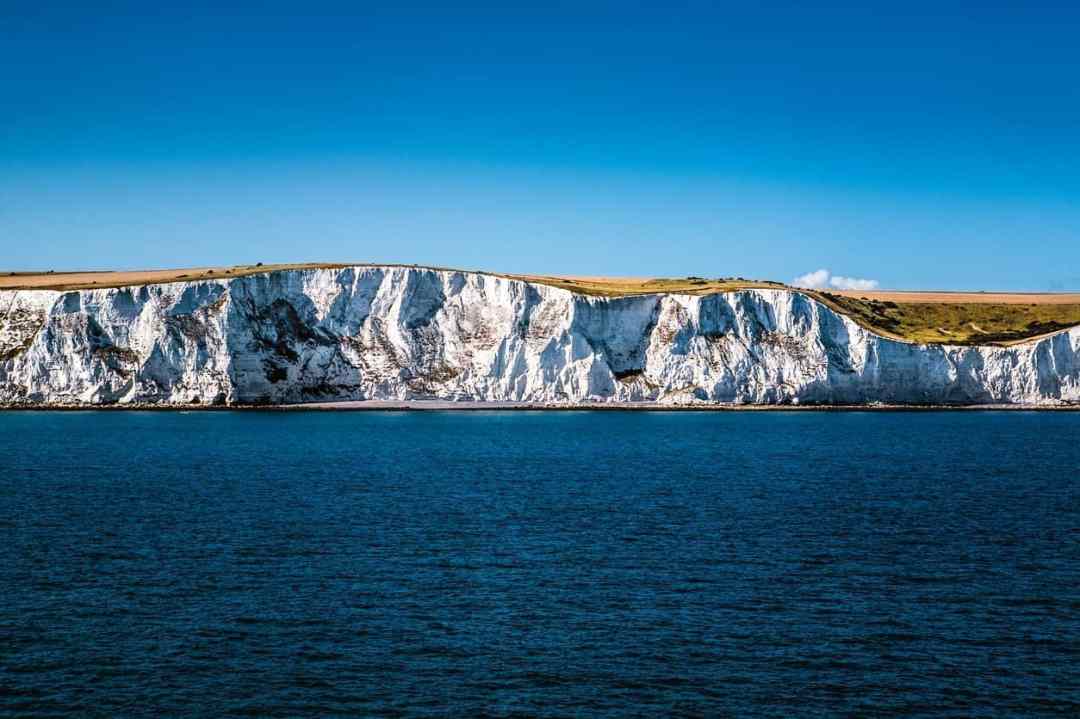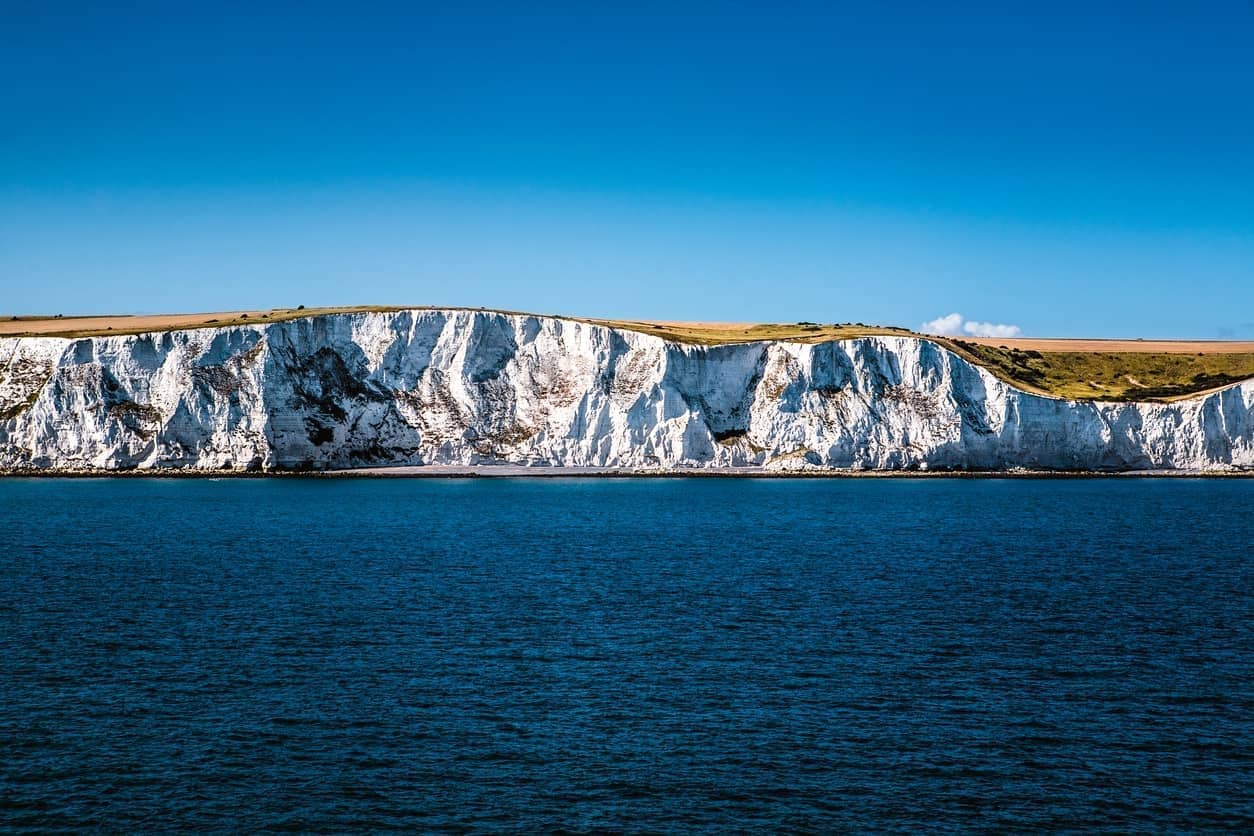Geography matters. Everyone knows that. It defines Britain’s current relationship with Europe and its battle over the Northern Ireland protocol and is visible every day that people cross the Channel in small boats.
But while geography clearly drives a country’s history, it also important to remember how much technological and historical change can turn that geography on its head as well. This flux holds the key not only to Britain’s past but also to its future.
Two geographical facts have dominated Britain’s story since 6000 BCE, when melting ice age glaciers lifted the sea to a level that physically separated it from the continent. First, the British Isles (obviously) became islands; and second, they still remained incredibly close to Europe. Britain’s whole history has been a delicate dance between insularity and proximity as technologies and governments have changed – driving even bigger changes elsewhere.
Britain’s past is complicated, but it ultimately boils down to just three phases.

Britain’s best politics newsletters
You get two free articles each week when you sign up to The Spectator’s emails.
Already a subscriber? Log in







Comments
Join the debate for just £1 a month
Be part of the conversation with other Spectator readers by getting your first three months for £3.
UNLOCK ACCESS Just £1 a monthAlready a subscriber? Log in